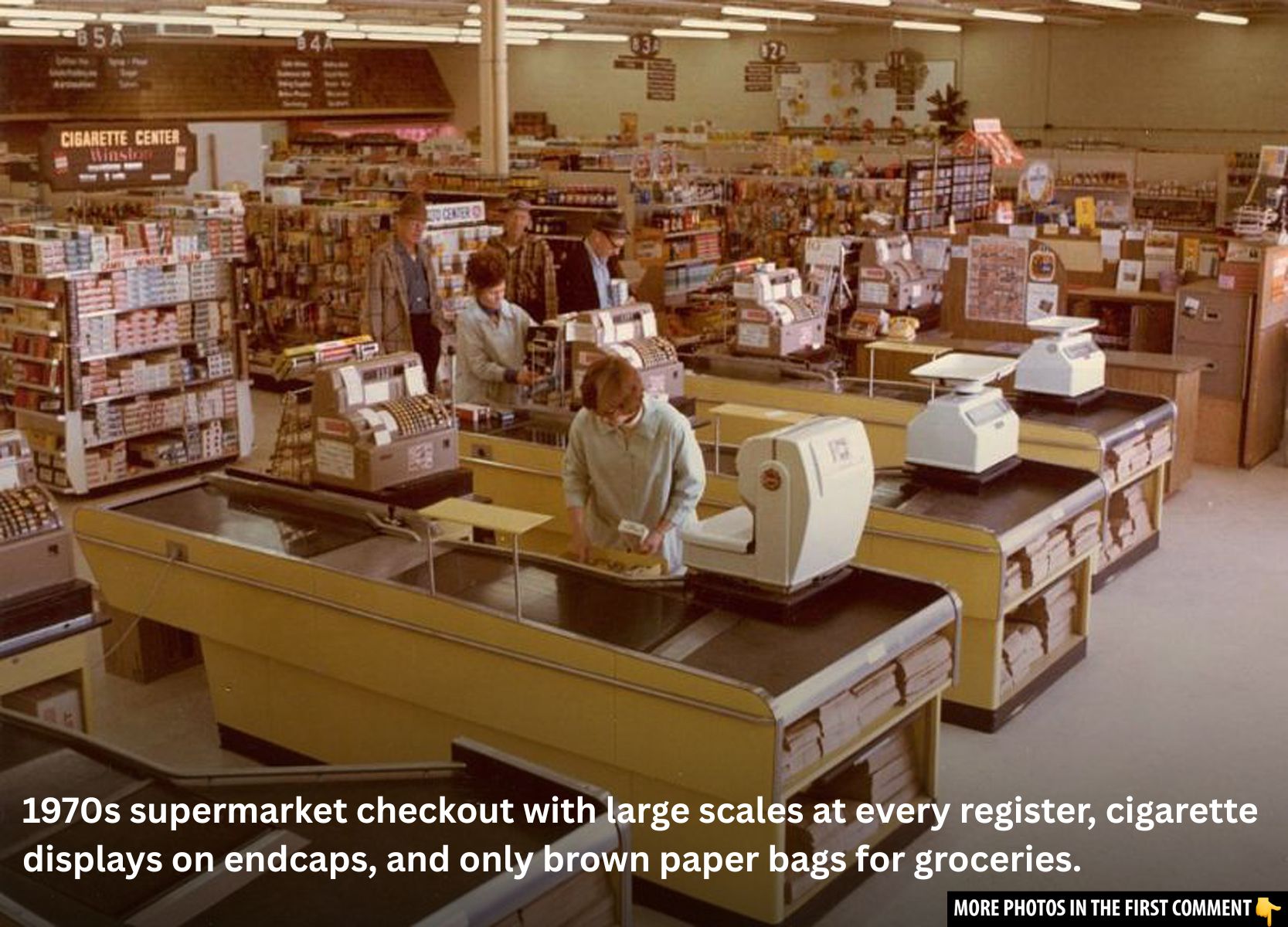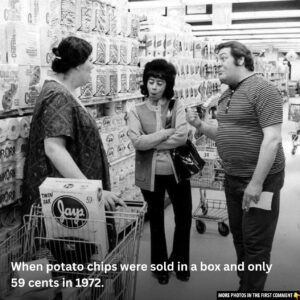Grocery shopping today is a fast-paced, convenient experience, with aisles stocked with endless varieties of products. But rewind a few decades, and the landscape was very different. Supermarkets, as we know them now, have evolved drastically, influenced by changing consumer needs and innovative designs. From the early days of King Kullen’s groundbreaking concept to the era of the superstore prototype in the 1970s, each phase has shaped our shopping habits. Let’s take a nostalgic journey through time, exploring the evolution of supermarkets from the 1950s to the 1980s through captivating vintage snapshots.
The Rise of Major Supermarket Chains
As more chains emerged in the decades that followed, the grocery industry saw dramatic shifts. The late 1930s and early 1940s were marked by a consolidation of small service stores into larger supermarkets. A&P, one of the most famous chains, spearheaded this effort. By 1940, the company began closing down smaller stores and replacing them with fewer, larger establishments. This change allowed A&P to serve more customers, resulting in a dramatic increase in sales.
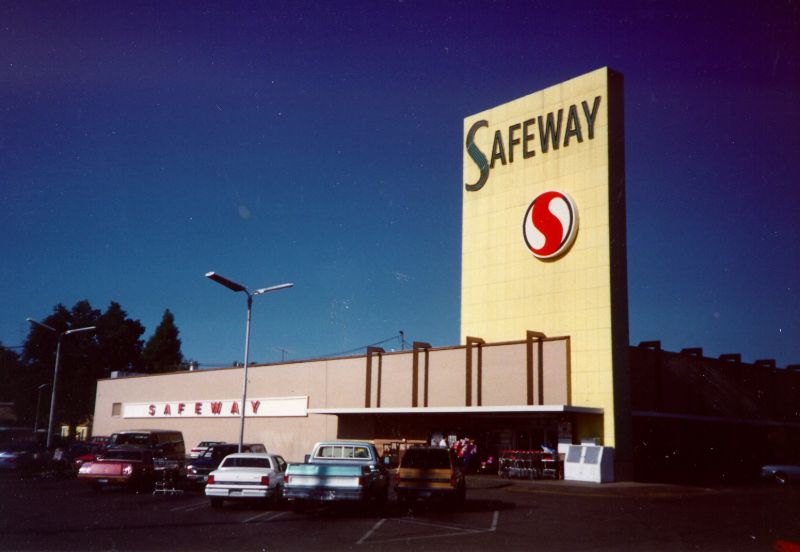
The 1950s and 1960s are often regarded as the golden age of supermarkets. During this time, large, efficient stores began to dominate the market. Stores like A&P’s colonial-themed establishments, Safeway, and Penn Fruit with their iconic glass arch designs became familiar sights. Consumers were drawn to these new stores, not just for their convenience, but also for the novelty of the shopping experience. Many of these stores featured grand pylon signs, and their designs catered to the increasingly wealthy and suburban population. The bright new supermarkets stood in stark contrast to the small, local shops of the past, offering a more modern and streamlined shopping experience.
Video
Learn essential tips for becoming a top-notch supermarket checker in 1965—watch CharlieDeanArchives now!
The 1970s Shift: From Flashy to Subdued
By the late 1960s, however, the consumer landscape was beginning to change once again. Rising consumer demands and stricter zoning regulations led to a shift in supermarket exteriors, moving away from flashy, modern designs toward more subdued and practical looks. As zoning laws restricted the size of new developments, supermarkets had to adapt.
At the same time, the interior designs began to reflect the new tastes and styles of the era. Many stores started using colorful palettes inspired by the vibrant designs of New Orleans or cheerful farmhouse motifs. New updates like carpeting, specialty departments, and innovative layouts became the hallmark of supermarkets in the 1970s.
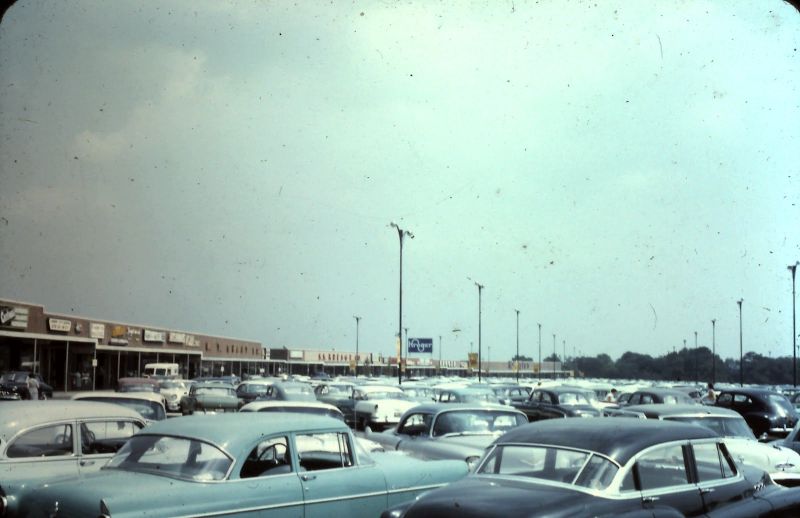
One notable development during this time was the introduction of the “superstore” prototype by Kroger in 1972. These stores featured a variety of specialty departments and a bold, vibrant color scheme with shades of orange, gold, and green. However, the public’s growing concern over the potential costs of these enhancements led to the rise of a new trend—discounting.
The 1980s and Market Segmentation
By the 1980s, the supermarket industry underwent yet another significant transformation. The middle range of stores began to diminish as chains divided into two major market segments: upscale supermarkets and discount retailers. Consumers now had the option to shop at higher-end, more sophisticated stores or at warehouse-style discount stores, reminiscent of early supermarkets from the 1930s.

Chains adapted to this new market segmentation by operating in both sectors, often under different names. For example, stores like Edwards and Finast, as well as A&P brands like Futurestore, Sav-a-Center, and Food Basics, began to cater to both the low- and high-end markets. In Canada, Loblaws led the charge with its No Frills franchises, which were frequently located in former Loblaws locations.
As some companies leaned more toward the discounting trend, others like Harris Teeter in North Carolina completely abandoned the discount model in favor of more traditional offerings. This shift toward differentiation made grocery shopping more diverse, giving consumers more choices than ever before.
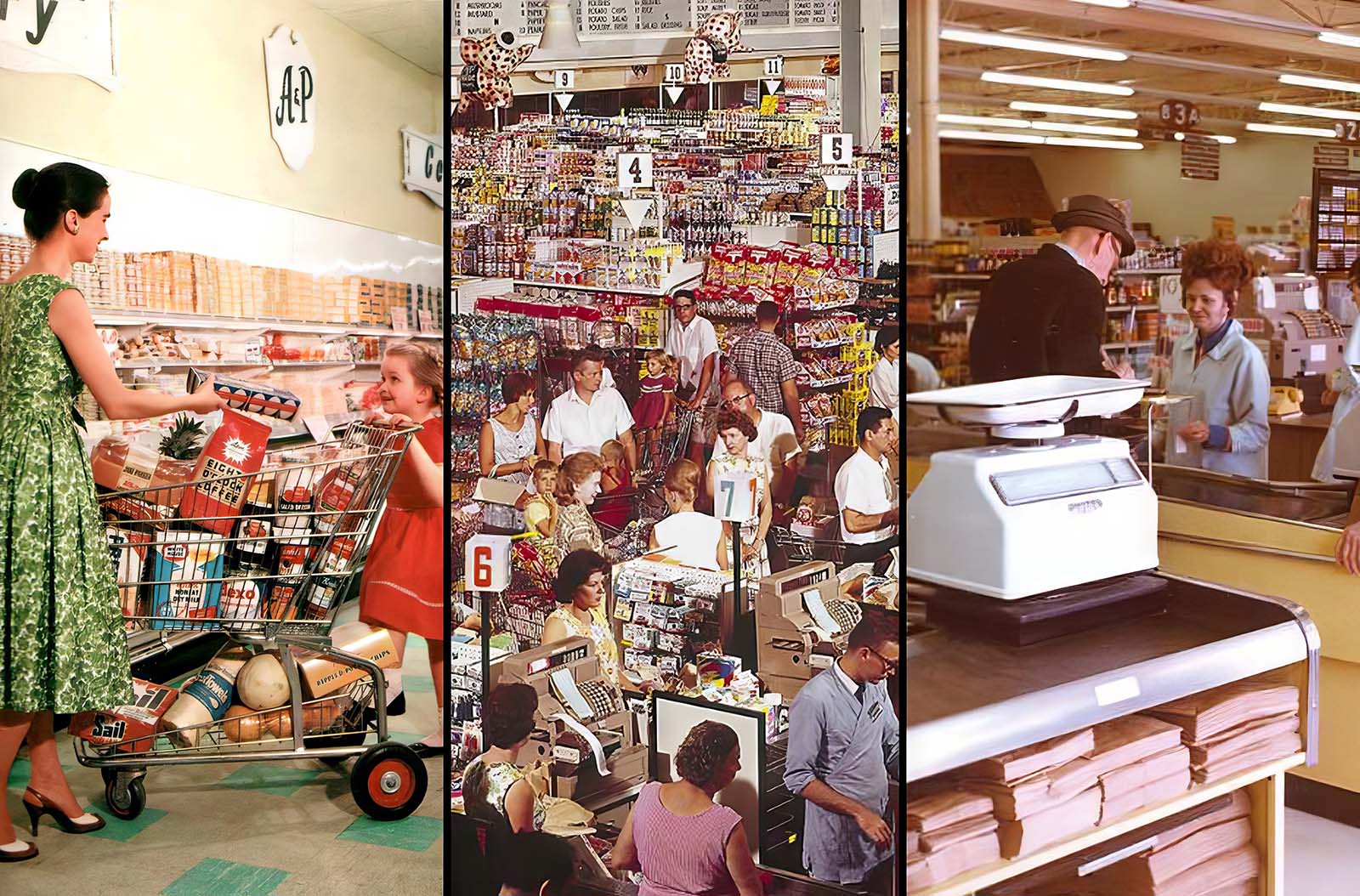
Vintage Supermarket Photos: A Glimpse into the Past
Vintage photos of supermarkets offer a fascinating look at how grocery shopping evolved over the years. From the 1950s to the 1980s, supermarket designs and shopping habits changed significantly, with each decade bringing new innovations and challenges. These photos give us a snapshot of how different things were, both in terms of store designs and the types of products consumers could purchase.
In the 1950s, supermarkets featured simple yet striking designs that were built to attract customers. The emphasis was on practicality, with clean lines and ample space for a wide variety of products. Large glass windows and towering signs were common in many supermarkets, symbolizing the new era of consumerism.
As we move into the 1960s, supermarket interiors became more colorful, reflecting the new trends in design. Some stores began to add carpeting and more elaborate displays to enhance the shopping experience. At the same time, the 1970s saw the introduction of the “superstore” prototype, with Kroger and other retailers adopting bold new color schemes and offering specialty departments. The photos from this era show a shift in how consumers interacted with their surroundings, with stores becoming more visually appealing and customer-focused.
In the 1980s, supermarkets began to embrace market segmentation, leading to the creation of discount stores and high-end supermarkets. The photos from this time show a more specialized shopping experience, with stores catering to different needs. Some stores were designed to be budget-friendly and practical, while others offered upscale products and services for wealthier shoppers.

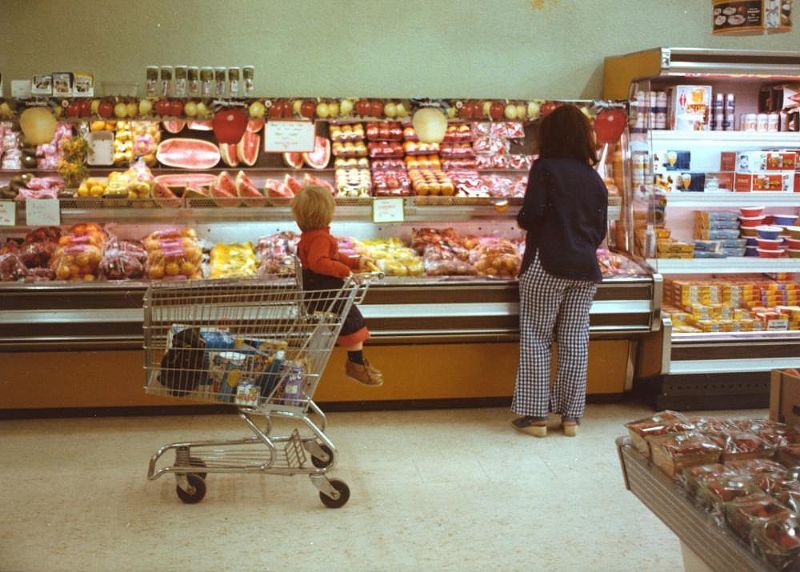
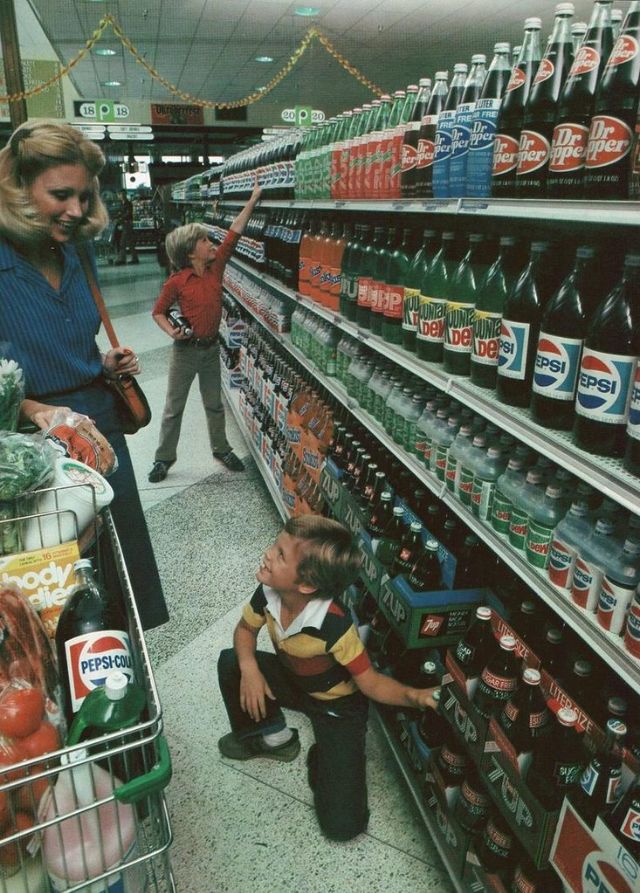
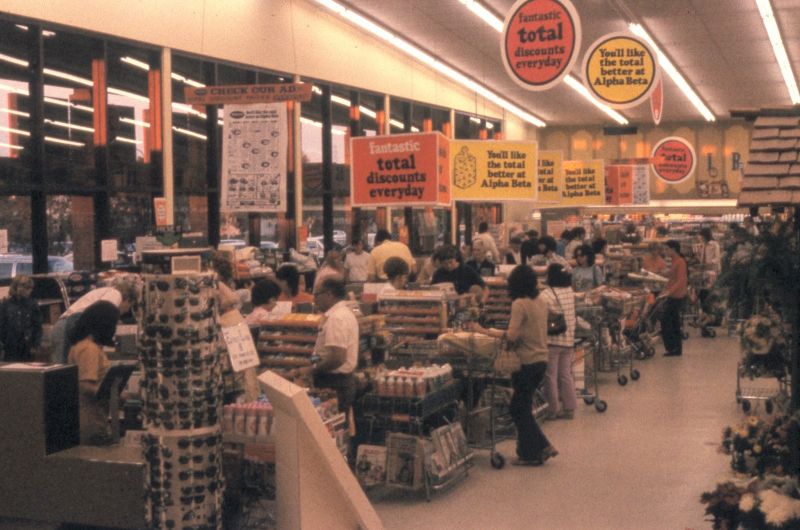
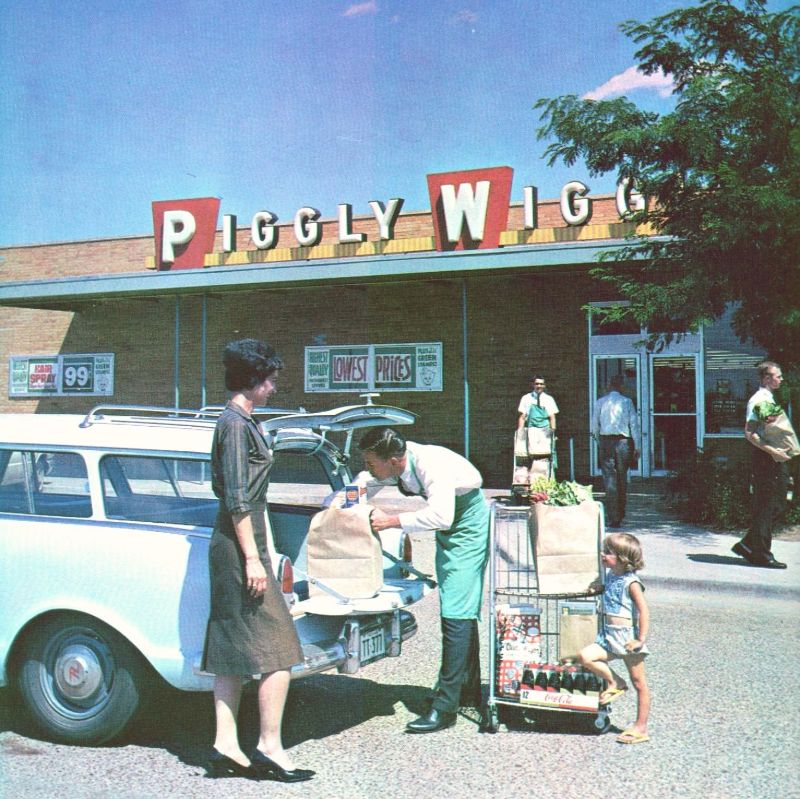
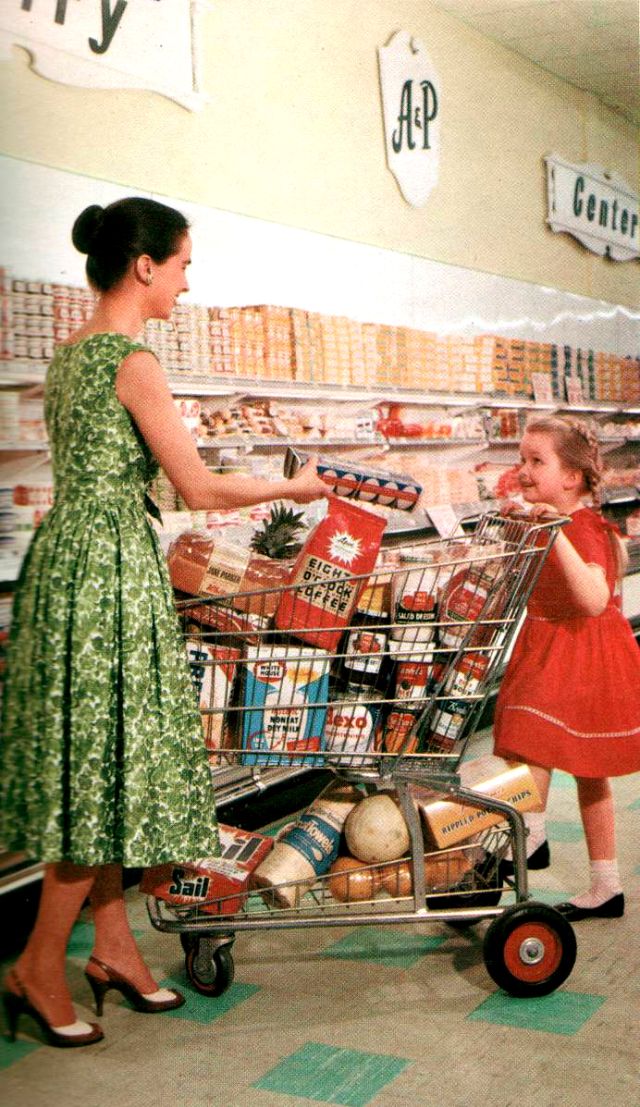
Video
Go behind the scenes at a 1958 supermarket in this fascinating video!
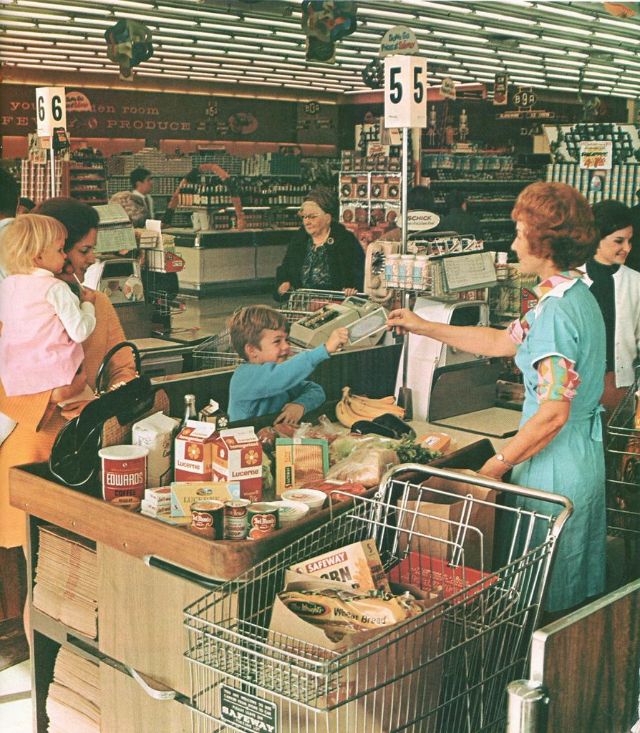

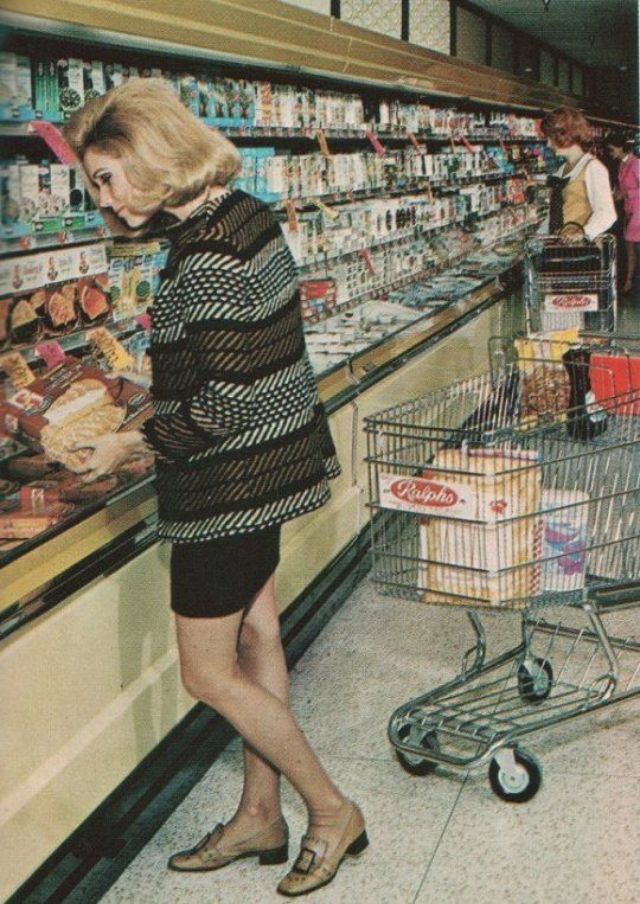




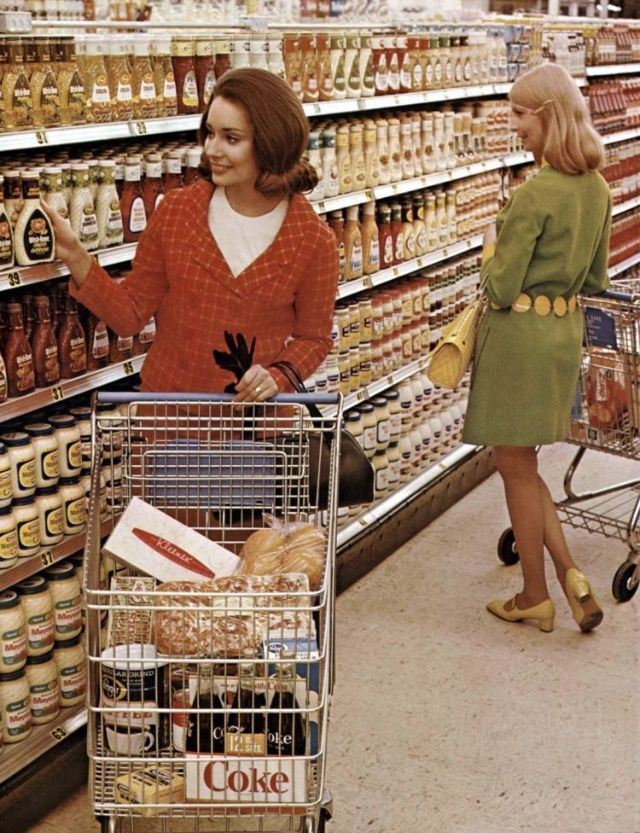
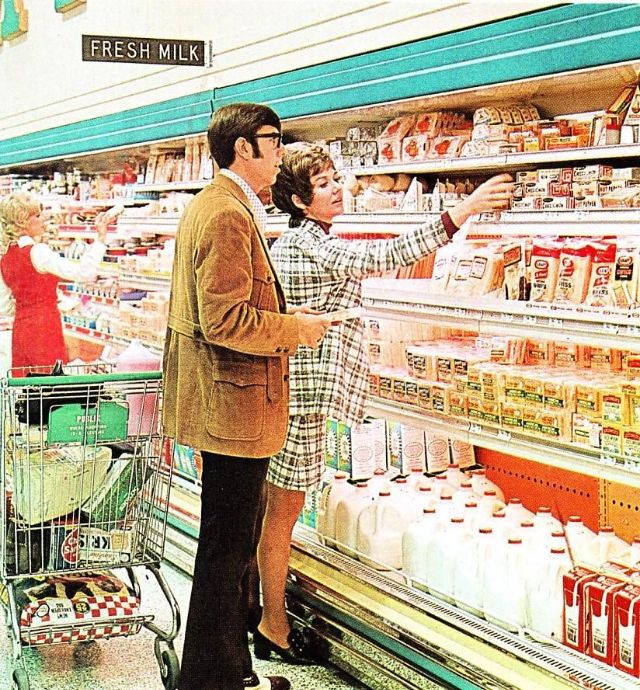

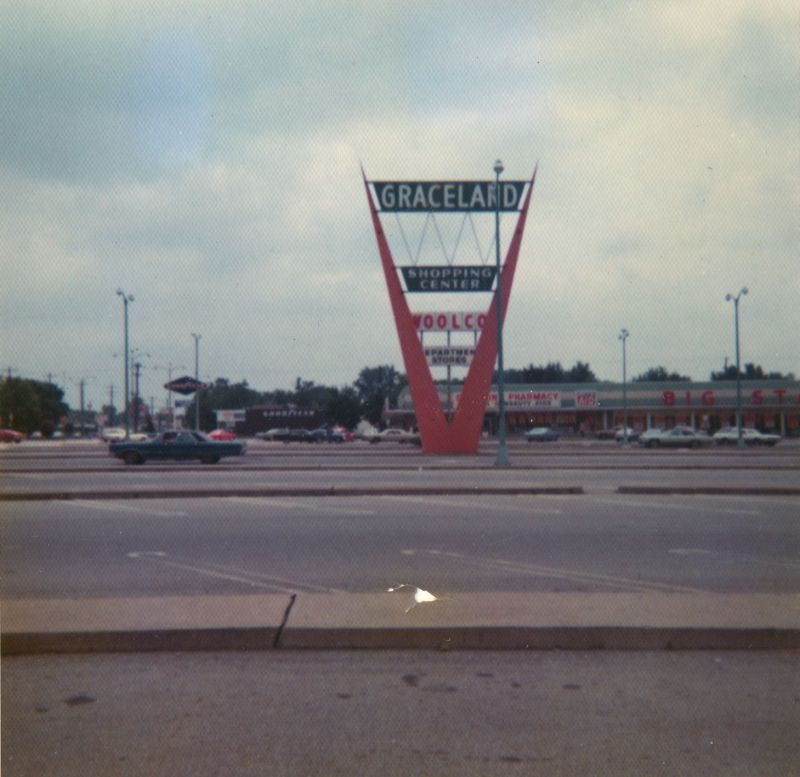

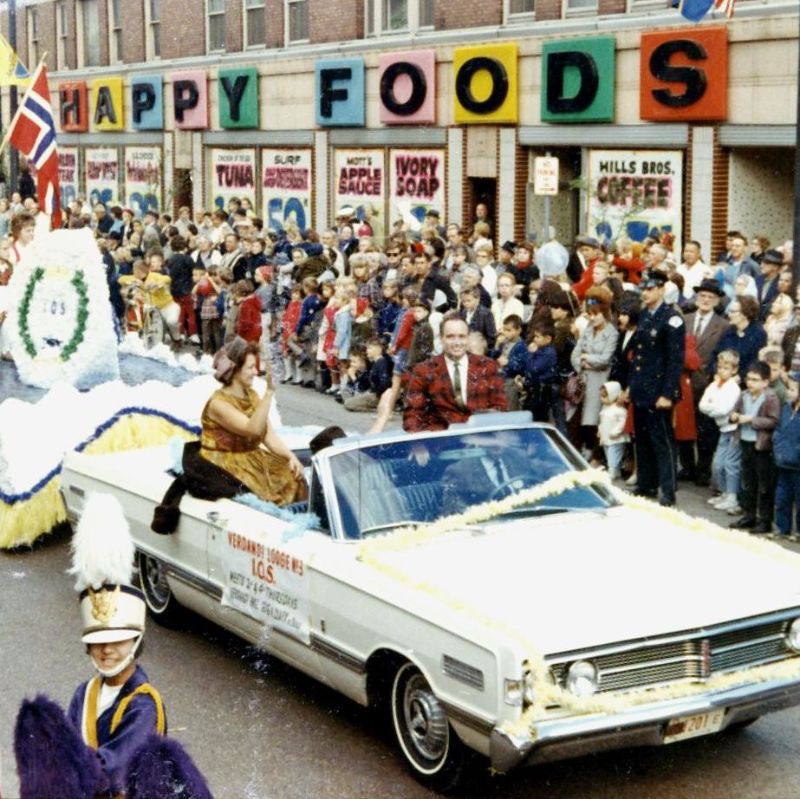
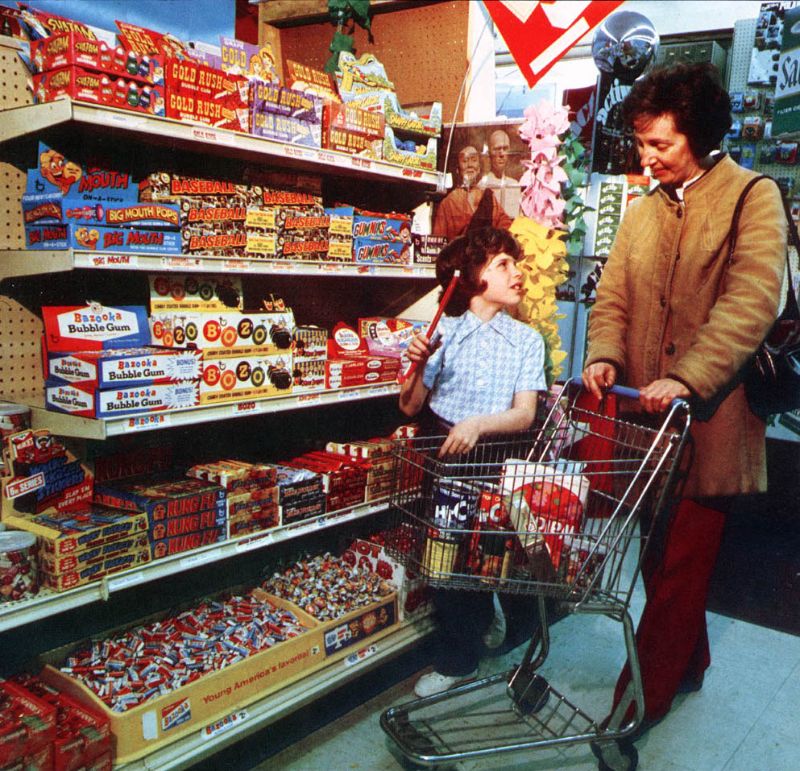



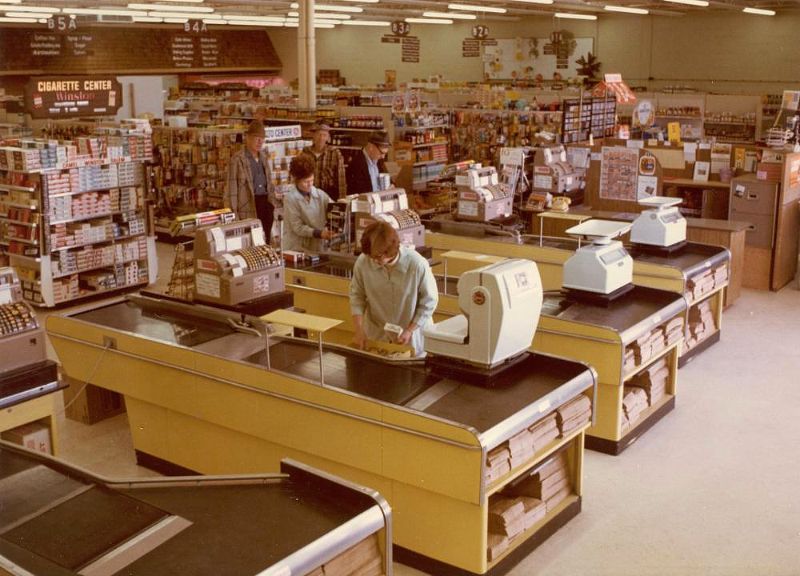

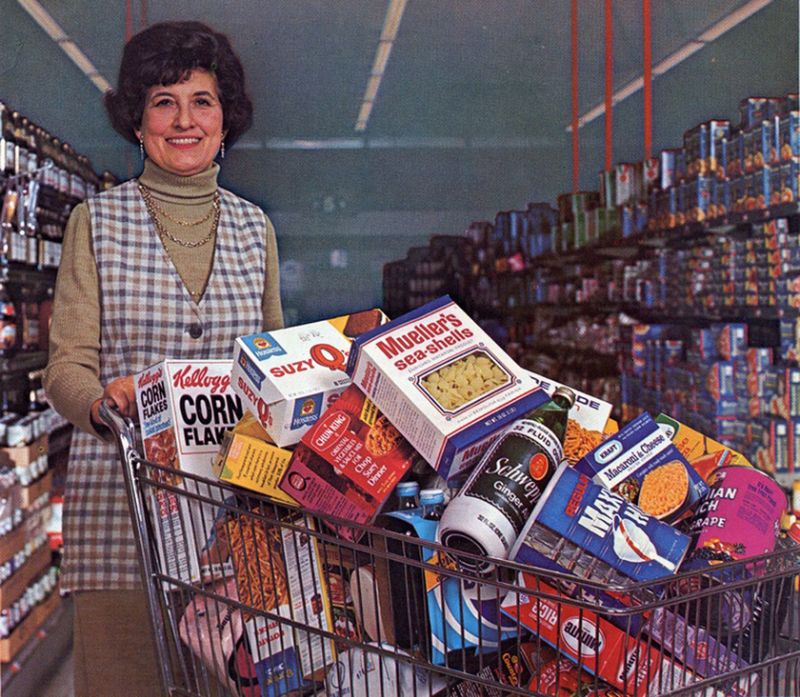
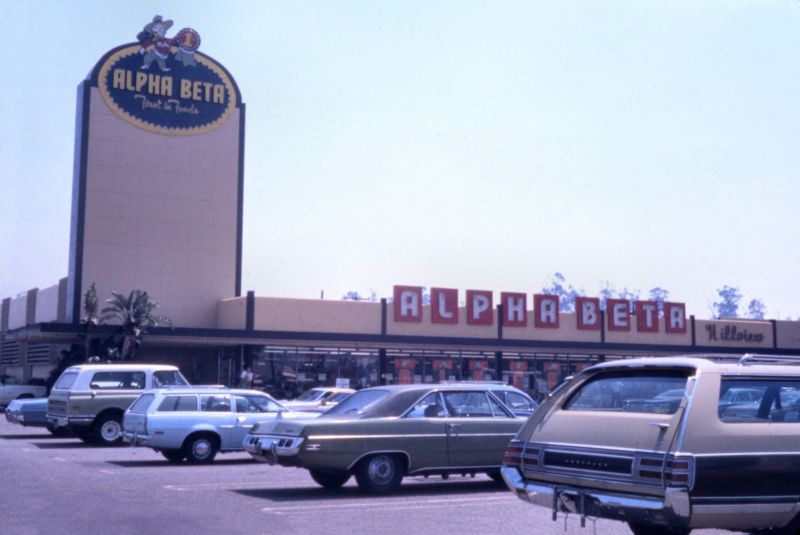
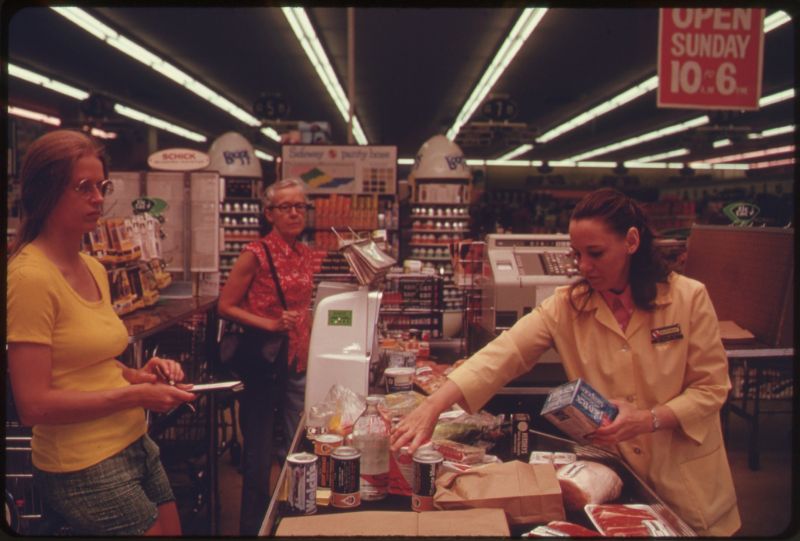
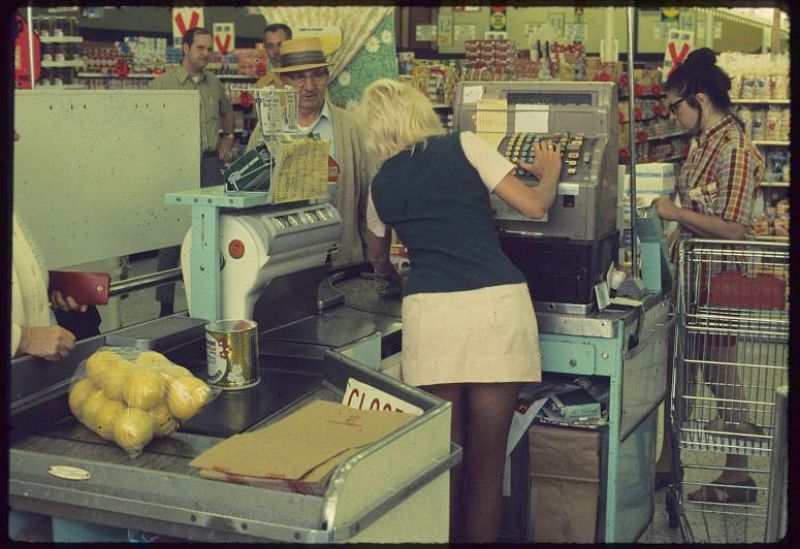

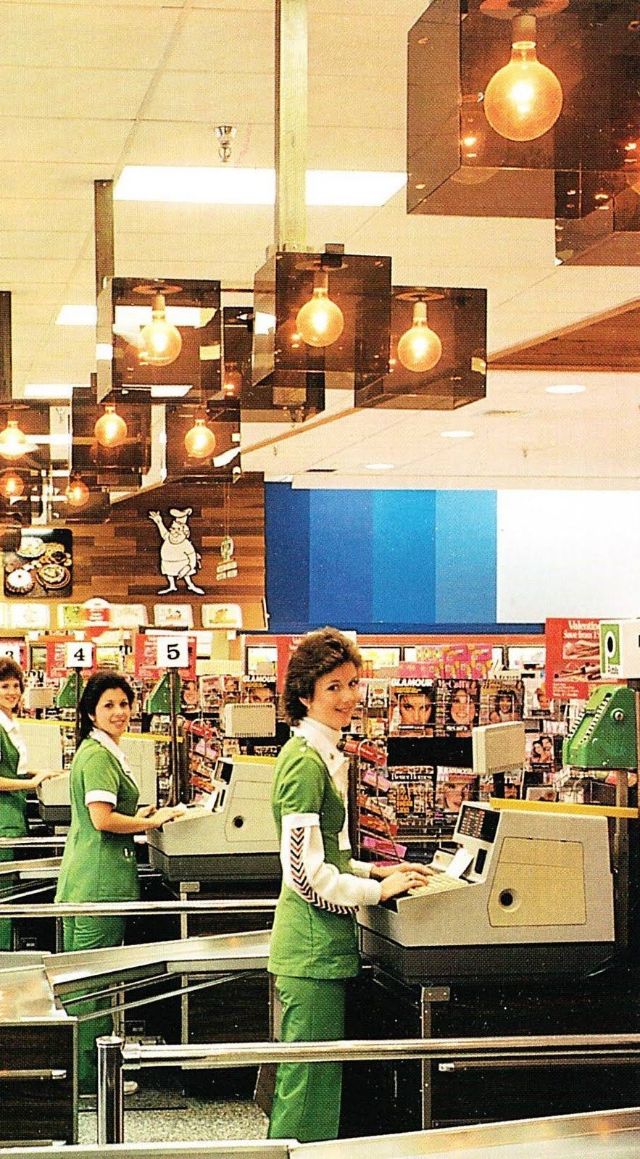
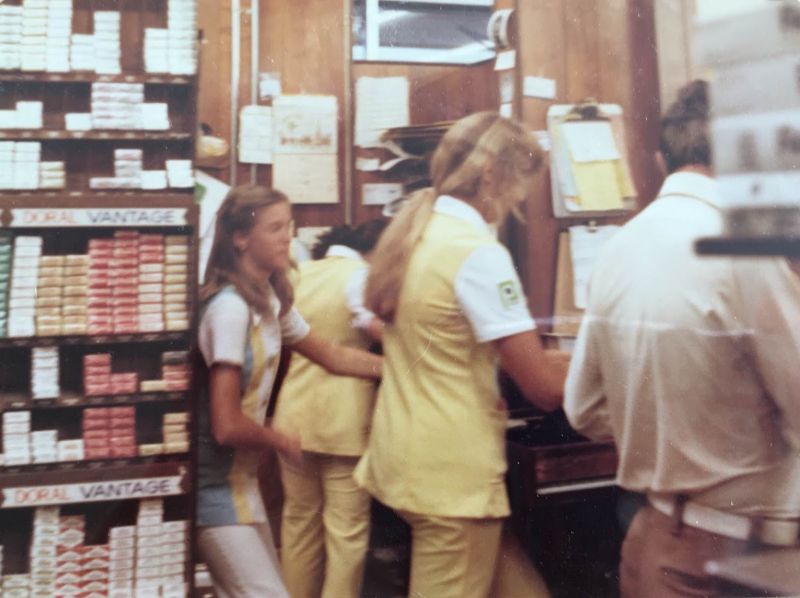
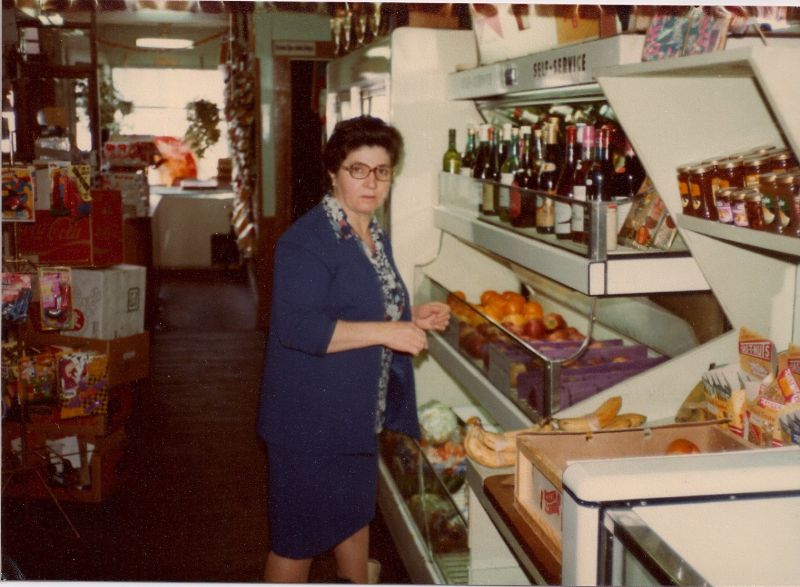
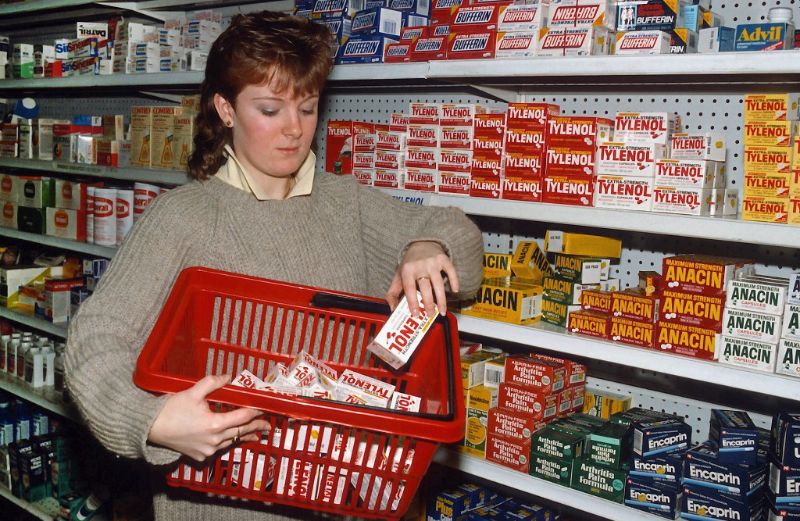
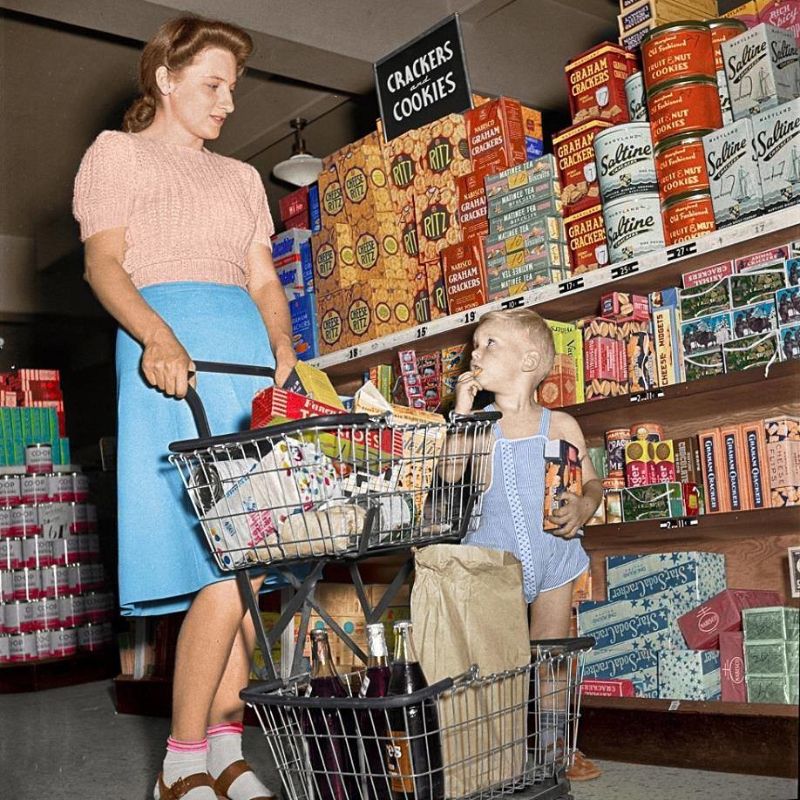
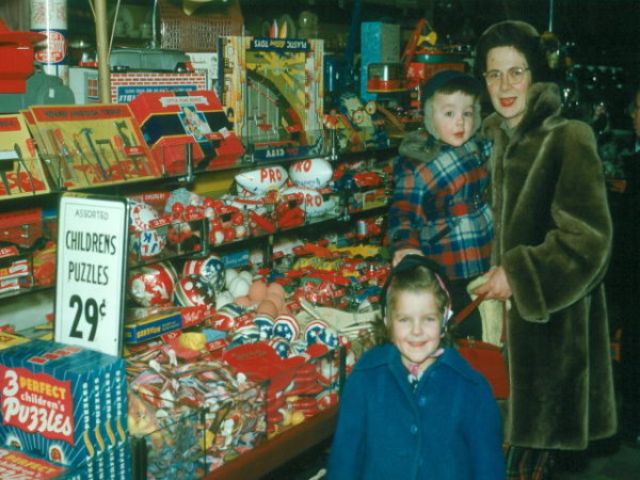
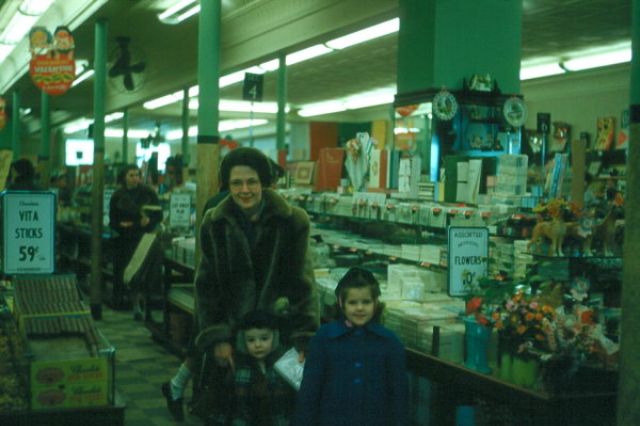
Conclusion: The Lasting Legacy of Vintage Supermarkets
Looking back at the evolution of supermarkets, it’s clear that they have played a significant role in shaping how we shop today. From the first King Kullen store to the superstores of the 1980s, each era brought new challenges, innovations, and changes to the grocery shopping experience. While the designs may have changed, the goal of offering convenience, variety, and value has remained constant.
These vintage snapshots serve as a reminder of how far we’ve come and how supermarkets have adapted to meet the needs of an ever-changing consumer base. As we continue to evolve and embrace new technologies, we can look back at these past designs with nostalgia, appreciating the simplicity and charm they once offered. The legacy of these early supermarkets lives on in the modern grocery stores we frequent today, reminding us of the ongoing journey of retail evolution.
